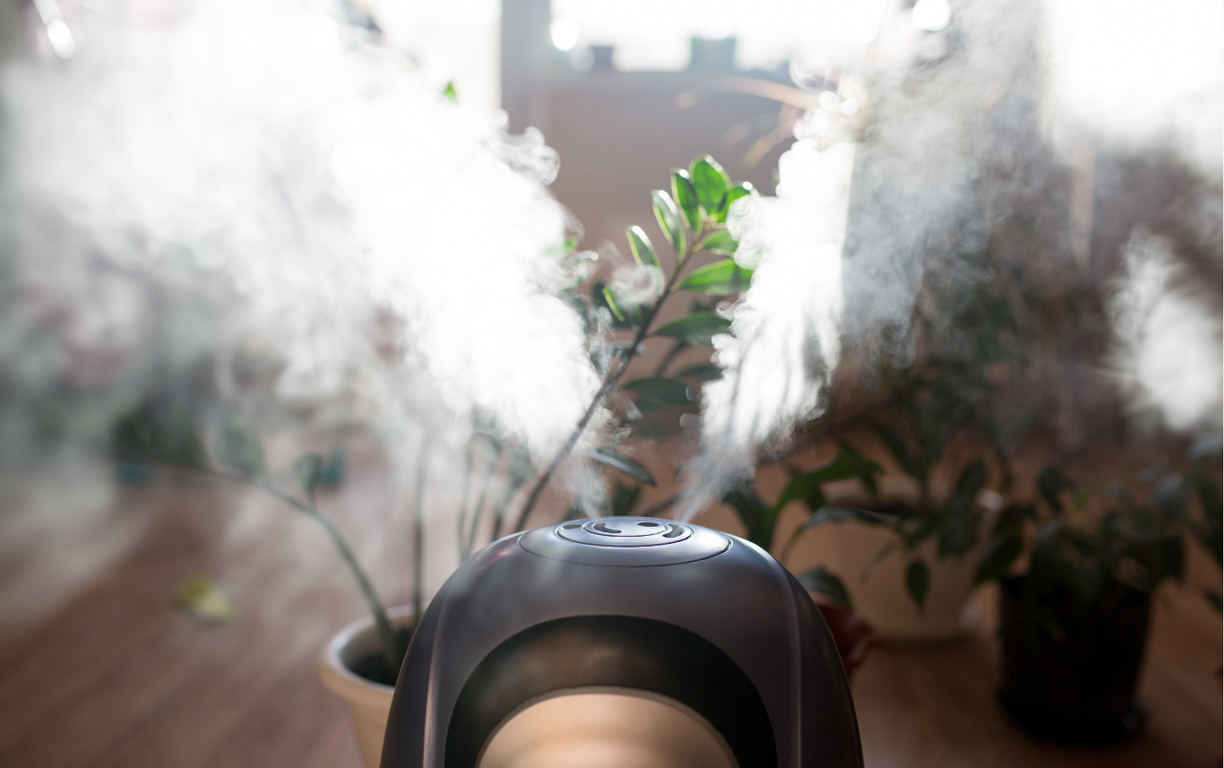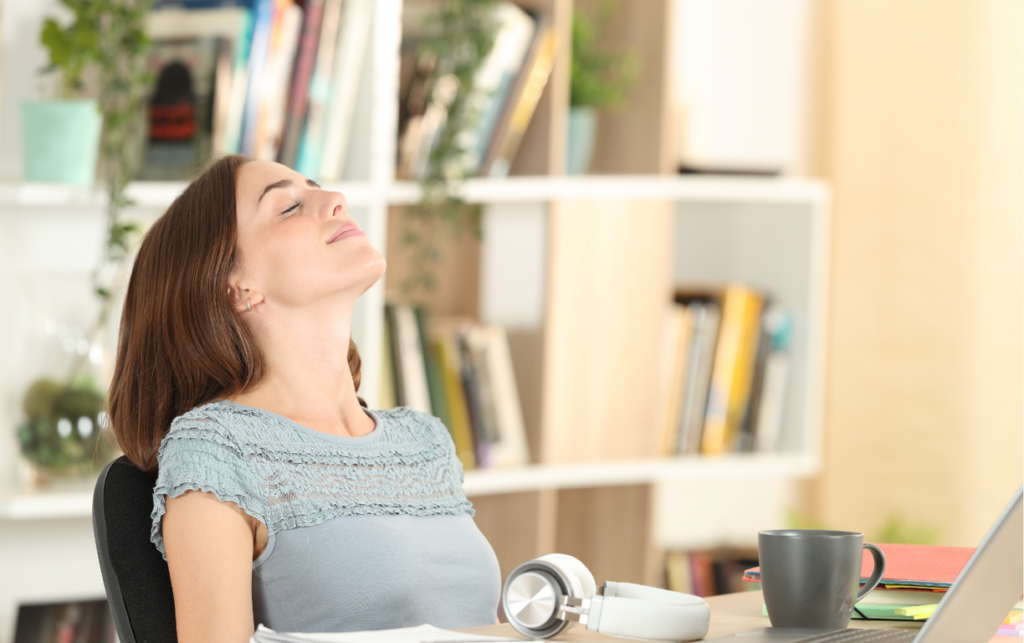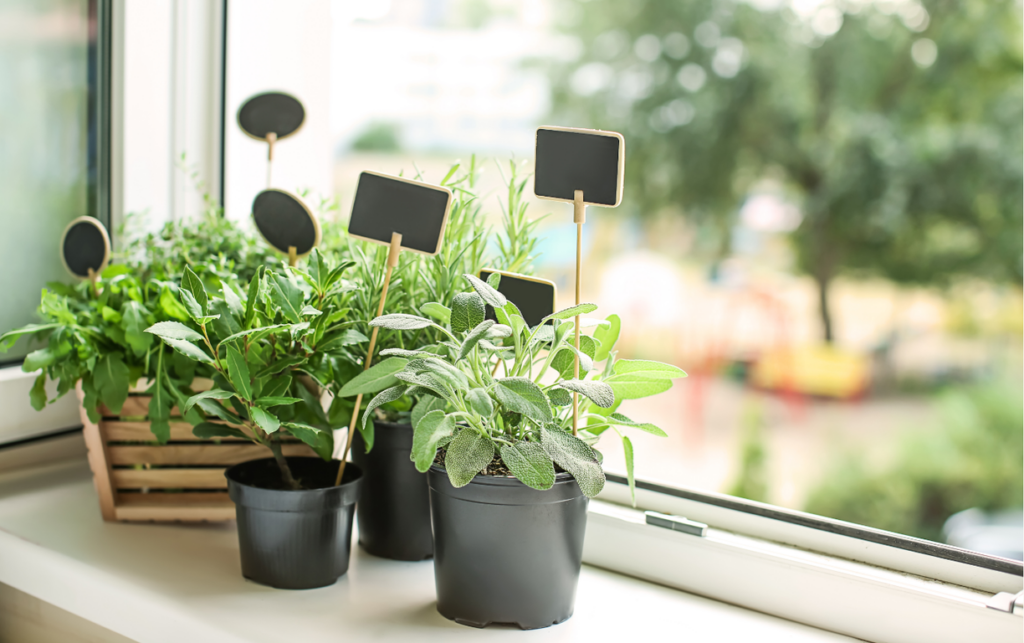Physical Address
304 North Cardinal St.
Dorchester Center, MA 02124
Physical Address
304 North Cardinal St.
Dorchester Center, MA 02124

If you've ever battled humidity in your home, you know how crucial a dehumidifier can be. These devices not only enhance comfort but also protect your space from mold and mildew. But can you leave the dehumidifier running all day without any concerns? It’s a question many homeowners ponder, especially during those sticky summer months.
In this article, I’ll explore the ins and outs of using a dehu
If you’ve ever battled humidity in your home, you know how crucial a dehumidifier can be. These devices not only enhance comfort but also protect your space from mold and mildew. But can you leave the dehumidifier running all day without any concerns? It’s a question many homeowners ponder, especially during those sticky summer months.
In this article, I’ll explore the ins and outs of using a dehumidifier continuously. I’ll cover its benefits, potential drawbacks, and what to keep in mind for optimal performance. By the end, you’ll have a clearer understanding of whether leaving your dehumidifier on all day is the right choice for your home.

Dehumidifiers play a crucial role in maintaining optimal humidity levels within homes. They help prevent mold growth and improve indoor air quality, especially in humid conditions.
A dehumidifier is an appliance designed to reduce moisture in the air. It comes in several types, including refrigerant, desiccant, and whole-house models. Each type serves the primary purpose of removing excess humidity to create a more comfortable environment. Homeowners often use portable units in specific rooms, while whole-house systems integrate with HVAC systems for comprehensive moisture control.
A dehumidifier works by drawing moist air in, cooling it to condense water vapor, and then releasing drier air back into the room. Here’s a simplified process of operation:
This cycle continues until the desired humidity level is achieved, making the dehumidifier effective for both comfort and health.

Using a dehumidifier provides numerous advantages for indoor environments, particularly in areas with high humidity levels. Below, I outline key benefits that enhance comfort and health.
Improved air quality is a major benefit of using a dehumidifier. It reduces moisture in the air, which helps minimize allergens such as dust mites, mold spores, and pet dander. Lower humidity levels result in cleaner air, making breathing easier for individuals with allergies or respiratory issues. Enhanced air quality contributes to overall well-being and comfort in my living space.
Prevention of mold and mildew thrives in low humidity environments. By operating a dehumidifier, I can maintain optimal humidity levels between 30% and 50%, which are less conducive to mold growth. Mold can cause significant structural damage and health problems. Regular dehumidifier use helps protect my home from these potential hazards, ultimately preserving both my property and my health.
Leaving a dehumidifier on all day poses specific risks that can affect energy usage and indoor air quality. Understanding these risks ensures optimal use of the device while maintaining a comfortable home environment.
Continuous operation of a dehumidifier leads to increased energy costs. Dehumidifiers consume significant electricity, averaging between 300 to 700 watts per hour, depending on the size and model. Running a unit all day could increase monthly energy bills by $30 to $70, depending on local electricity rates and usage duration. While it’s essential to manage humidity levels, running a dehumidifier unnecessarily can strain budgets and consume resources inefficiently.
Extended use of a dehumidifier can result in overly dry air. Ideal indoor humidity levels range between 30% and 50%. Operating a dehumidifier all day may drop humidity below this range, leading to discomfort. Symptoms of excessively dry air include dry skin, irritated eyes, and respiratory issues. It’s crucial to monitor humidity levels and adjust the dehumidifier settings to prevent adverse effects on health and comfort.
For effective dehumidifier usage, following best practices ensures optimal performance and comfort. I focus on two key areas: ideal running times and setting humidity levels.
I recommend running a dehumidifier during peak humidity hours, typically from late morning to early evening. This timeframe targets humidity levels effectively, as outdoor air tends to be more humid during these hours. If I’m in a more humid climate, operating a dehumidifier continuously may be necessary on particularly muggy days. For those experiencing occasional spikes in humidity, using the device intermittently or during peak times often suffices.
Setting the right humidity level is crucial for comfort and health. I aim to maintain indoor humidity levels between 30% and 50%. This range prevents mold growth while ensuring the air remains comfortable. Most modern dehumidifiers feature adjustable settings; I set mine to turn off automatically when reaching the desired humidity threshold. Regularly checking the humidity level using a hygrometer helps me avoid over-drying. Adjusting settings based on seasonal changes or specific room usage is essential for efficient dehumidification.
Leaving a dehumidifier on all day can be beneficial in certain situations but it’s not always necessary. I’ve found that monitoring humidity levels is key to maintaining a comfortable environment. If humidity rises above 50% I recommend running the dehumidifier during peak hours to effectively manage moisture.
However it’s crucial to avoid over-drying the air. Setting the unit to turn off automatically when the desired humidity is reached can prevent discomfort and health issues. Regularly checking the humidity with a hygrometer helps ensure optimal settings. Ultimately it’s about finding the right balance for your home’s specific needs.